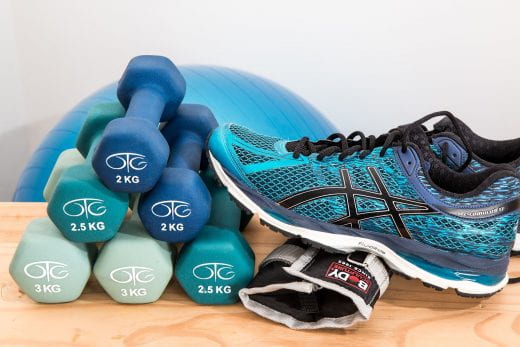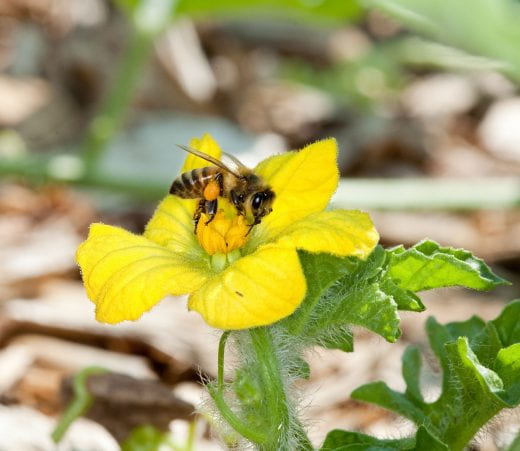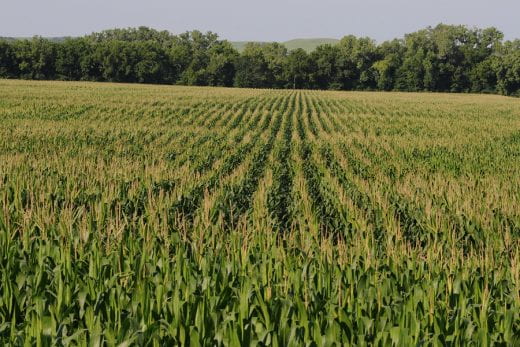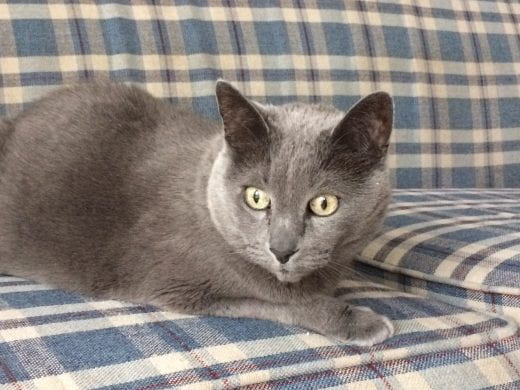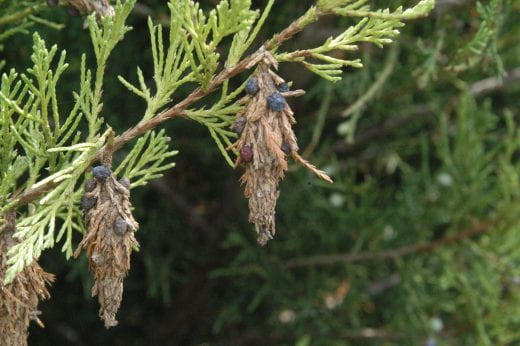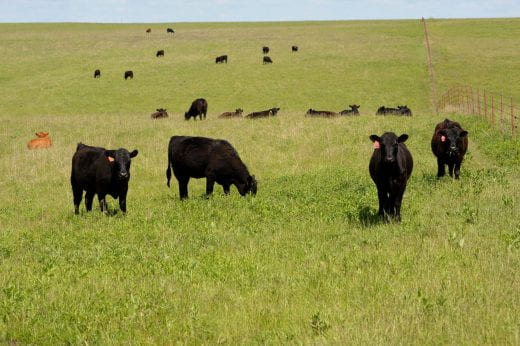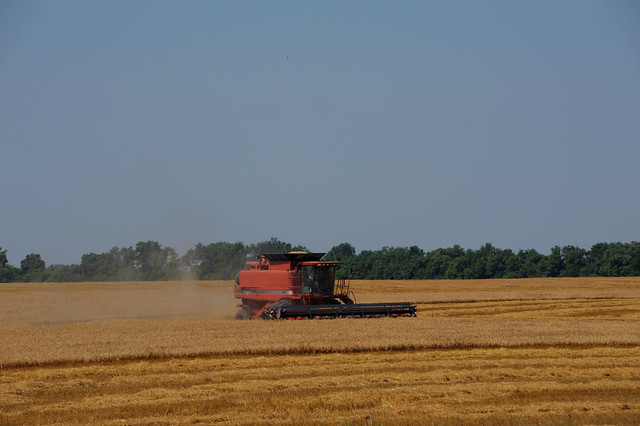 Welcome to Better Kansas. Where every Thursday we shed light on events, resources and other information designed to make your life, businesses, communities and state better. Don’t forget to hit subscribe! – Mary Lou Peter mlpeter@ksu.edu
Welcome to Better Kansas. Where every Thursday we shed light on events, resources and other information designed to make your life, businesses, communities and state better. Don’t forget to hit subscribe! – Mary Lou Peter mlpeter@ksu.edu
Better Living, Better Communities
IT SEEMS WAY TOO EARLY TO SAY IT, BUT THOSE KIDDOS ARE STARTING BACK TO SCHOOL and the fall routine has begun. Now it’s time to think about football practice, band concerts and SNACKS! Keeping a supply of healthy and easy after-school treats helps children get needed nutrients, maintain a healthy weight and curbs a growling tummy. Snacks shouldn’t replace a meal, so using snack-sized bags can help with portion control. Tips to help be mindful of sugar, fiber, protein and calories can be found in After School Snacks .. Part of Good Nutrition. For a fun, colorful item you may want to print out and put on your refrigerator, check out Nature’s Fast Food: Fruits and Vegetables for tips on making “Ants on a Log” (celery with peanut butter and raisins) and more.
I realized long ago that if I cut the grapes into smaller clumps before putting them in the fridge, we were more apt to eat them. It seems so simple but it makes taking a few that much easier.
CHOICES IN LIFE ARE GOOD but some can be baffling in the most unlikely of places. Like a simple trip to the store to pick up light bulbs. Easy, right?  Then turn the corner and there’s a mile-long aisle devoted to LEDs, CFLs and incandescents. Dimmable or no? Soft light or harsh? Ok, maybe they don’t call it harsh, but my front porch looks like an interrogation room because I bought a brighter bulb than I needed. I’m not dragging that pesky ladder out again anytime soon. It’s all worth paying attention to. The U.S. Department of Energy says if everyone in the nation converted to new technologies, the electricity used to produce light could be cut by up to 70%. Take a look at Home Light Bulb Use to learn more about the difference in bulbs, including comparisons about energy savings, how long they typically last, the average cost per bulb and more.
Then turn the corner and there’s a mile-long aisle devoted to LEDs, CFLs and incandescents. Dimmable or no? Soft light or harsh? Ok, maybe they don’t call it harsh, but my front porch looks like an interrogation room because I bought a brighter bulb than I needed. I’m not dragging that pesky ladder out again anytime soon. It’s all worth paying attention to. The U.S. Department of Energy says if everyone in the nation converted to new technologies, the electricity used to produce light could be cut by up to 70%. Take a look at Home Light Bulb Use to learn more about the difference in bulbs, including comparisons about energy savings, how long they typically last, the average cost per bulb and more.
FOR MANY OF US, OUR HOMES ARE OUR BIGGEST INVESTMENT and can be a significant asset – especially if we’ve owned them for a long time. But is it possible to turn your home’s equity into cash without moving out? Home equity is the dollar amount calculated as the difference between the current market value of your home and the remaining balance on any mortgage loan. There are ways to access home equity for cash: Sell it and move to a different home; borrow against it with a home equity loan that must be repaid; or borrow against it using a reverse mortgage. Reverse mortgages can be complex and are only available to homeowners aged 62+ but in some situations, they might be a good option. Take a look at Understanding Reverse Mortgages: Do They Make Sense For You? for information on the differences between the three ways to tap your home’s equity and a closer look at reverse mortgages.
I found another way for my house to help pay for itself by renting a room to a grad student, but that’s a different story for a different time!
Better Farming, Ranching and Gardening
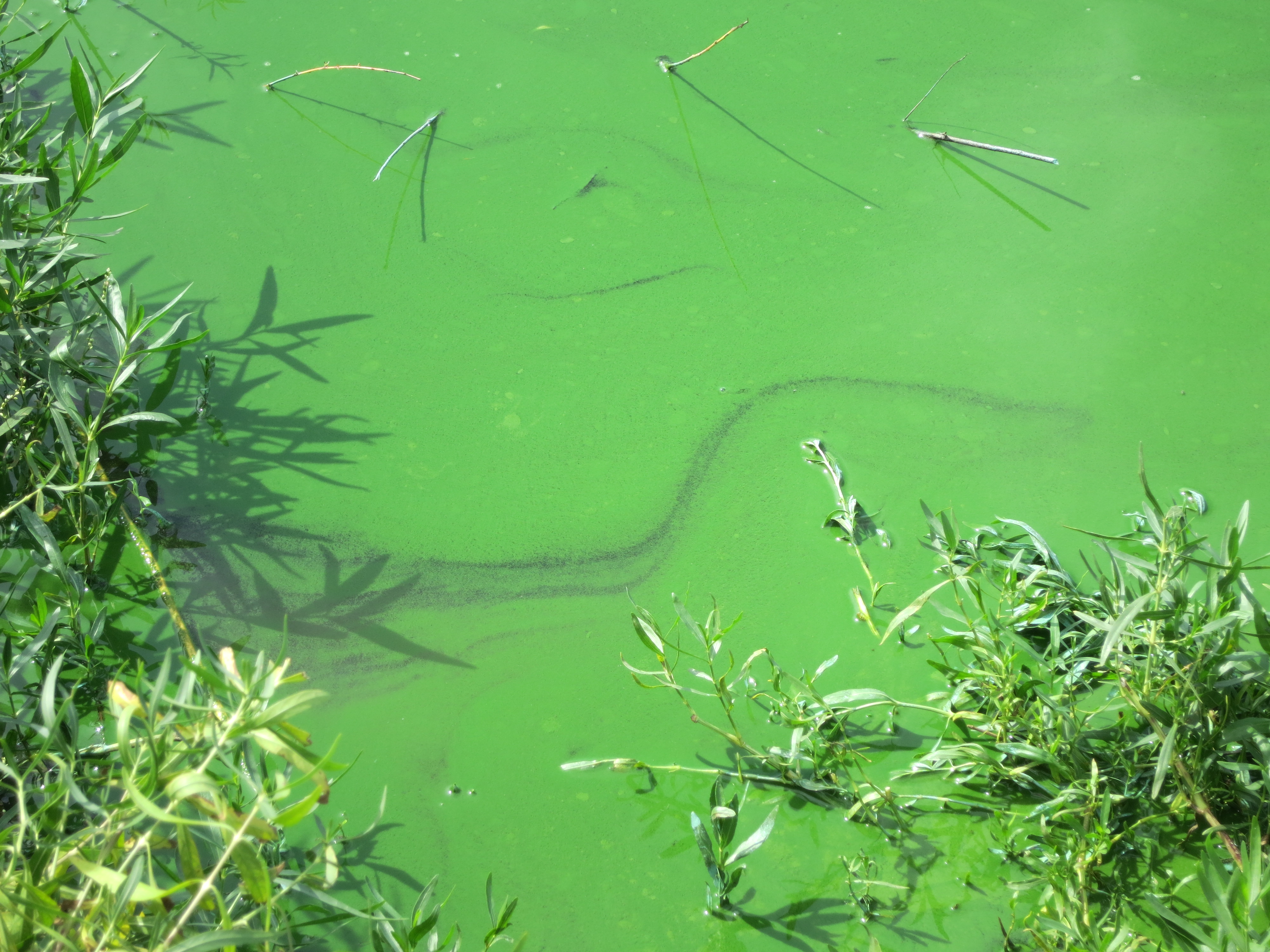 RECENT REPORTS OF DOGS DYING in North Carolina and Texas prompt me to remind pet owners, livestock owners and those of us who like to slip into a pond or lake ourselves on these hot, summer days to beware of toxic blue-green algae. Also known as cyanobacteria, blue-green algae or harmful algal blooms (HABs) are the rapid growth of algae that can harm animals, people, and the local ecology. It may look like foam, scum, or mats on the surface of water and can be different colors. It can occur in warm fresh or stagnant water that is rich in nutrients such as nitrogen, phosphorus and iron. Read more about this in Heat, runoff heighten risk of blue-green algae in Kansas ponds and lakes. In addition, the Kansas Department of Health and Environment maintains a Watch, Warning, or Closure list on some of the state’s lakes. As I write this, numerous lakes in various parts of the state are at “Warning” level with others listed as “Watch.” About those dogs, check CBS News and other national news reports.
RECENT REPORTS OF DOGS DYING in North Carolina and Texas prompt me to remind pet owners, livestock owners and those of us who like to slip into a pond or lake ourselves on these hot, summer days to beware of toxic blue-green algae. Also known as cyanobacteria, blue-green algae or harmful algal blooms (HABs) are the rapid growth of algae that can harm animals, people, and the local ecology. It may look like foam, scum, or mats on the surface of water and can be different colors. It can occur in warm fresh or stagnant water that is rich in nutrients such as nitrogen, phosphorus and iron. Read more about this in Heat, runoff heighten risk of blue-green algae in Kansas ponds and lakes. In addition, the Kansas Department of Health and Environment maintains a Watch, Warning, or Closure list on some of the state’s lakes. As I write this, numerous lakes in various parts of the state are at “Warning” level with others listed as “Watch.” About those dogs, check CBS News and other national news reports.
DROP BY PRECIOUS DROP: IN OTHER WATER-RELATED NEWS, K-State is teaming with western Kansas farmers and the Kansas Water Office to present Water Technology Field Days on several privately owned Kansas farms and other locations in August and September. The events are each a bit different and feature different technology, but all give agricultural producers and others in western Kansas the opportunity to see first-hand, in real-life settings, the most current research and equipment available to save water as they grow crops. Farmers who are using the technology, along with university researchers, extension specialists and agents, Kansas Water Office representatives and equipment manufacturers will be on hand to answer questions.
MEANWHILE, THERE IS PLENTY HAPPENING ON THE EASTERN SIDE OF THE STATE with crop field days planned. This is your opportunity to see what worked (and maybe just as telling, what didn’t), find out about current research and this year learn more about how the Mesonet can aid herbicide application. A complimentary meal will be served at both sites.
The North Central Fall Field Day is Aug. 20 near Scandia.
The East Central Experiment Field Fall Field Day is Aug. 21 near Ottawa.
Credits for certified crop advisors or commercial pesticide applicators are available.
_
For more resources and activities, contact the K-State Research and Extension office in your area. Check out our other blogs and subscribe to our weekly emails here: https://www.ksre.k-state.edu/news/blogs/






